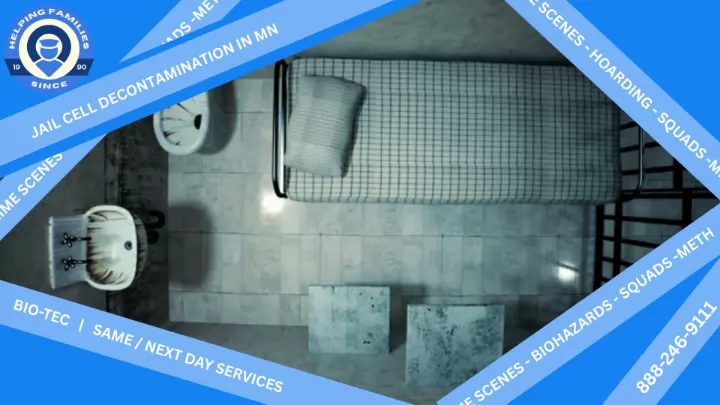How are electronic components protected during cleaning?
Sensitive electronics are either shielded in protective covers or removed before cleaning to prevent damage from chemicals or moisture.
What protocol is followed for cleaning vehicles contaminated with rodent droppings?
Biohazard cleaning involves removal of droppings and pathogens, followed by disinfection and odor control.
What health risks are associated with mold exposure?
Mold exposure can cause allergies asthma respiratory issues and even neurological symptoms in severe cases.
What role do insects play in decomposition?
Insects like blowflies and maggots are crucial in breaking down tissues. They lay eggs in cavities, and their larvae consume soft tissues, aiding the decomposition process.
How is electronic waste managed at crime scenes?
Electronic waste is securely documented and disposed of or recycled following strict e-waste management protocols to ensure safe handling.
Is it necessary to vacate the property during testing and remediation?
During testing, vacating the property is generally not required. However, during remediation, especially if significant contamination is found, it may be advisable or mandated to vacate the premises to avoid exposure to harmful chemicals and to allow remediation professionals to work safely and efficiently.
Is it safe for police officers to be present during the cleaning?
No, the area is secured and only trained professionals handle the cleaning to minimize exposure risks.
What certifications do rodent droppings cleanup professionals have?
Professionals often hold certifications in biohazard remediation, OSHA compliance, and pathogen training, ensuring they are qualified to handle hazardous materials safely.
What is the protocol when a squad car is exposed to sharps or needles?
Biohazard professionals carefully remove and dispose of sharps in compliance with safety regulations.
?What is tear gas and why is it used?
Tear gas, technically known as riot control agents (RCAs), is a chemical compound used by law enforcement for crowd control and dispersal purposes. Common types include CS gas, CN gas, and OC spray. These compounds cause irritation to the eyes, nose, throat, and skin, leading to temporary incapacitation and discomfort. While effective for crowd control, tear gas leaves behind harmful residues that require professional cleanup to ensure safety.
